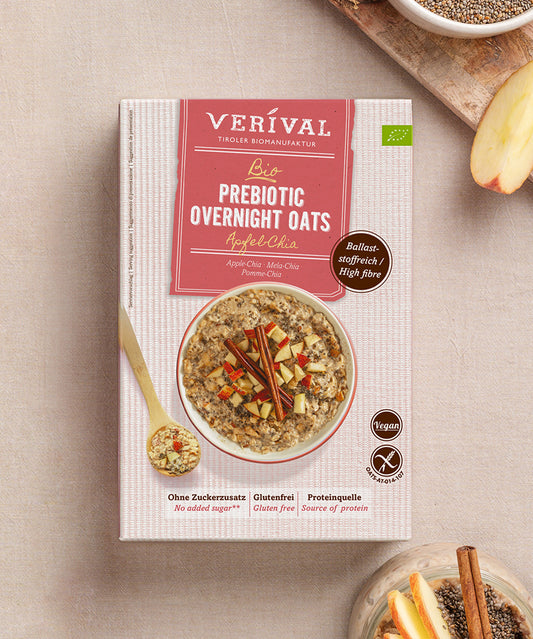The body mass index (BMI) puts body weight and body size in relationship and calculates your approximate weight category such as normal weight or obesity.
However, it should be noted that the BMI is a rough guide because it does not take into account fat, muscle mass and individual factors.
Nevertheless, it can help you to classify your weight. What is important is whether your weight and BMI correspond to a degree of obesity.
Because being very overweight is a risk factor for other, serious diseases.
With this article, we would like to give you an idea of what BMI says about your state of health.
Calculate BMI – How can I know if I'm overweight?
Underweight, normal weight or obese? The body mass index, or BMI for short, provides a rough guide to how healthy or unhealthy your body weight is. The relevant factor here is the ratio of body height and body weight.
You can calculate your BMI using the following formula: body weight in kilograms divided by height in metres squared.
The World Health Organization classifies adults into different weight categories. 1
However, the body mass index does not take into account muscle mass and body fat. For athletic individuals, the calculated value can therefore be inaccurate.
The BMI scale for men is higher than the BMI scale for women. This is because men generally develop more muscle mass than women.
How many kilos am I overweight?
When it comes to being overweight, in addition to the distribution of body fat, the ratio of fat and muscle mass is particularly relevant. In addition, body fat can accumulate in different places.
To make the classification a little clearer, here is an example: a woman who is 1.70 metres tall is said to be underweight if she weighs less than 50 kilograms. However, this would be the normal weight for a woman who is 1.60 metres tall.
In our example, the normal weight varies between 54 and 72 kilograms (for a height of 1.70 metres).
On the other hand, you are overweight if you exceed the normal weight range. In our example, someone weighing 80 kilograms would be slightly overweight. The BMI here is 27.7 and, at eight kilograms above the normal range, just below the first degree of obesity.
To find out how many kilograms you are overweight, you first need to know your reference value for your height.
When am I considered obese?
The German Obesity Society classifies obesity into three degrees.
For a woman who is 1.70 metres tall, a BMI of 25 or more indicates mild obesity or obesity grade I.
A value of more than 30 indicates grade II obesity, and a BMI of 40 or more indicates grade III obesity.
Grade II obesity already significantly increases the risk of chronic diseases, such as cardiovascular diseases and type 2 diabetes.
To quote a few specific figures: in Germany, around 43% of women are overweight and 14.3% suffer from obesity. 2
But obesity is also becoming increasingly common among children and adolescents. A study by the Robert Koch Institute concluded that around 15% of children between the ages of 3 and 7 in Germany are overweight. 3
- For a child measuring 80 cm, the optimal weight is 7.5-10.9 kilograms for boys and 7.0-10.2 kilograms for girls.
- From a height of 94 cm, the optimal weight for children is 13.5 kilograms.
- The normal weight for boys and girls measuring 104 cm is 17 kilograms.
If the weight is above the recommended range, this should be discussed with a paediatrician.
What can I do about being overweight?
To a certain extent, being overweight can be influenced by genetic factors. We at VERIVAL recommend a healthy diet to feel completely comfortable and healthy in your own body.
A change in diet lowers the risk of cardiovascular disease and increases the success of losing weight.
Less sugar, more fruit and vegetables and satisfying carbohydrates in moderation make this up. Foods like chia seeds and oats can help you with a sugar-free diet and make a sugar-free breakfast easier.
What's more, chia seeds are particularly rich in protein, which is needed to build muscle. Oat flakes also provide protein and satisfy your appetite. Combined, they make a delicious, healthy breakfast that is easy to fit into a busy lifestyle.
In addition to a healthy diet, physical activity is also important for losing weight. Moderate fitness in the form of endurance and strength training can be fun once you have found the right sport for you.
Buy healthy porridge from VERIVAL
- WHO. Body mass index – BMI. World Health Organization Europe. Published 2021. Accessed May 6, 2021. https://www.euro.who.int/en/health-topics/disease-prevention/nutrition/a-healthy-lifestyle/body-mass-index-bmi
- Bolkart J. Share of women who are overweight or obese in Germany from 2005 to 2017. statista. Published March 8, 2021. Accessed May 7, 2021. https://de.statista.com/statistik/daten/studie/233461/umfrage/entwicklung-von-uebergewicht-und-adipositas-in-deutschland-unter-frauen/#professional
- Robert Koch Institute. Overweight and obesity. Robert Koch Institute. Published December 2008. Accessed May 7, 2021. https://www.rki.de/DE/Content/Gesundheitsmonitoring/Studien/Kiggs/Basiserhebung/GPA_Daten/Adipositas.pdf?__blob=publicationFile
























